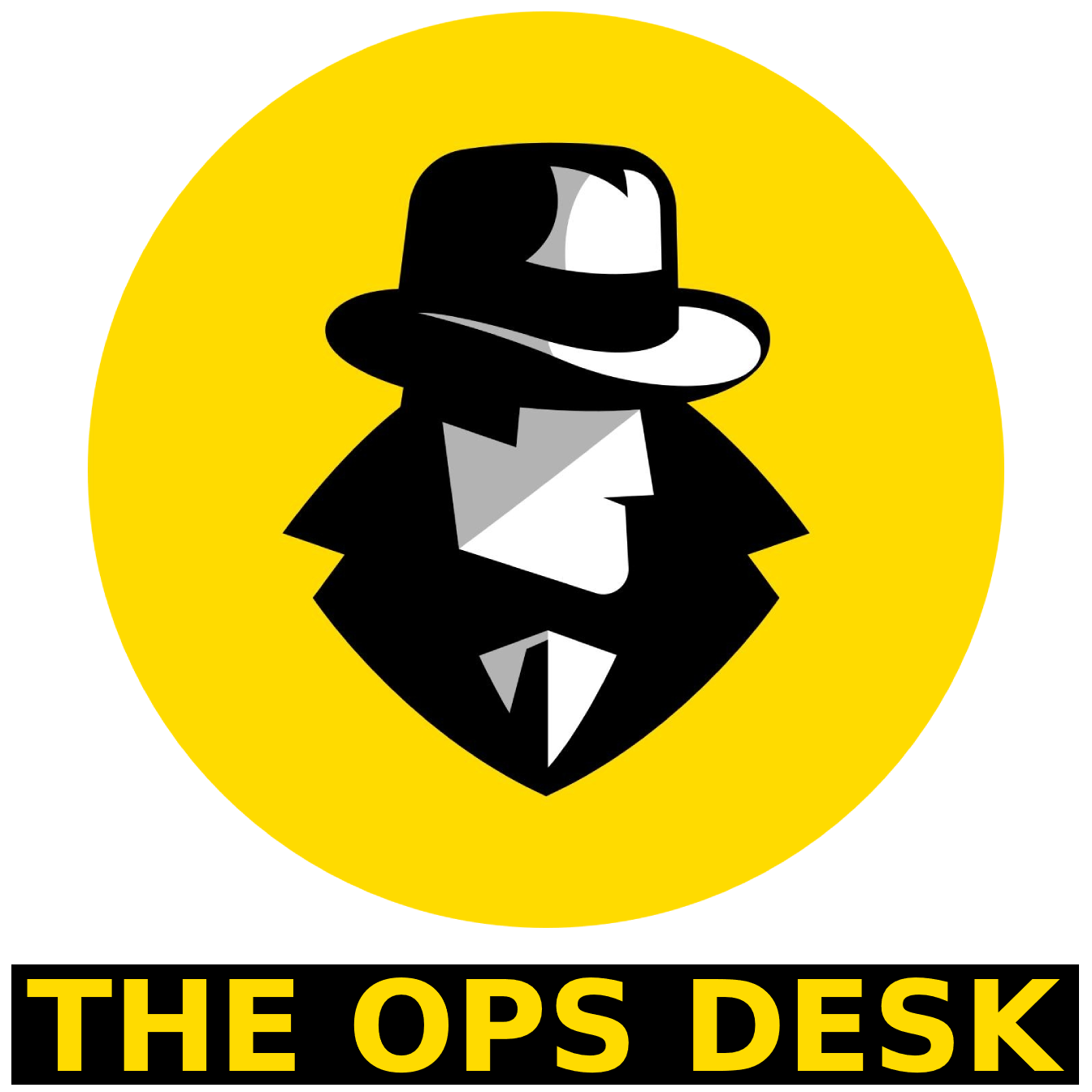Blast kills a boy, but pilot manages to land plane.
On August 11, 1982, a Pan Am flight flying from Tokyo to Honolulu suffered catastrophic damage when a bomb blew a hole in the floor of the plane. The bomb raised serious concerns about the security of airline flights.
The bomb killed a 16-year-old Japanese boy named Toru Ozawa, who was sitting in sear 47K. The blast injured 16 other passengers. The pilot managed to land the severely damaged plane in Honolulu without any additional casualties.
The FBI was called and started an immediate investigation into the origin of the bomb. The FBI was able to tie a piece of gold-plated nickel recovered from Ozawa’s body to several other recent bombings. Using that specific bomb signature, they were able to identify Palestinian Abu Ibrahim as the bomb maker. He is considered one of the more prolific and innovative bomb makers in the world and was already well known to counter-terror investigators. He is responsible for an estimated 21 devices in his prolific career.
The FBI also traced the prior flights of the plane and its passenger manifests. Mohammed Rasheed and his family had occupied seat 47K on the plane’s previous flight that landed in Tokyo. Rasheed and his Austrian wife, Christine Pinter, had travelled under fake Moroccan passports to plant the bomb. A cooperator was able to reveal their true identity two years later.
They identified Ibrahim and Rasheed as members of the May 15th organization. The May 15th (Israel’s founding) organization was tied to several bombings in support of a Palestinian state.
A worldwide manhunt began for Ibrahim and Rasheed. In 1988 Rasheed was apprehended in Greece and brought to the United States for trial. He reached a plea deal with the feds and received a lighter sentence in return for information about current terror plots. He was released and deported in 2016.
Ibrahim is still out there. Believed to be in his late 70’s he still holds a position on the FBI most wanted list.
Thanks for reading The Ops Desk!











